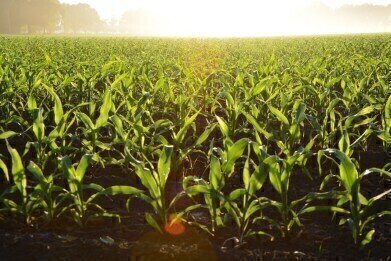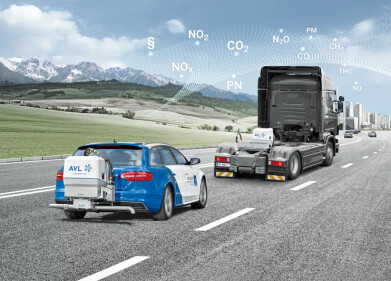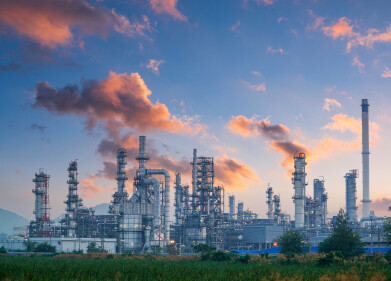Air Monitoring
How Does Climate Change Affect Food Nutrition Levels?
Mar 29 2017
Unlike various diseases and natural disasters, nobody is safe from climate change. The process affects the whole planet, and is widely regarded as the biggest threat to the future of humanity. Rising sea levels and extreme weather events are some of its most notable consequences, but recent studies have also found evidence of climate change affecting the nutrition of the food we eat.
Selenium levels cropped in crops
So how exactly does global warming impact on nutrition? Quite simply, it affects the level of nutrients absorbed by plants when they’re growing. Selenium is one of those affected. It’s an essential element for humans, boosting immune systems and preventing cognitive decline. A lack of selenium has also been known to inhibit the proper growth of children’s bones in some selenium deficient areas of China.
At present, one in seven of us has a selenium shortage in our diet – but it could be getting a lot worse. A recent study has projected that – as a direct result of climate change – 66% of croplands will lose 8.7% of their selenium. As well as selenium, Harvard scientists report that climate change can impact on the levels of zinc and iron in crops.
Consequences of nutrient loss
Dietary intake is the number one source of zinc, and a deficiency can lead to a number of problems including diarrhea, poor vision, mouth and stomach ulcers, and even psychological and cognitive disorders. Iron deficiency, on the other hand, is the most common nutritional deficiency. It too can cause various issues like fatigue, hair loss and weakened immune function. But these consequences must be expected when human activity is increasingly disrupting nature.
“If we’d sat down 10 years ago and tried to think what the effects of anthropogenic carbon dioxide emissions might be on human health, none of us would have anticipated that one effect would be to make our food less nutritious,” said Harvard professor Samuel Myers. “But we can’t fundamentally disrupt and reconfigure most of the natural systems around our planet without encountering unintended consequences.”
Field warming is increasing emissions further
Emissions of the key greenhouse gases have caused global warming. But in some cases, the reverse can also be true. As discussed in the article ‘Enhanced Nitrous Oxide Emissions Found in Field Warming Experiment in the Arctic’, a warmer environment – the result of greenhouse gas emissions – can lead to increased emissions of greenhouse gases. It’s a vicious circle, but with more research, we can broaden our understanding of the process and improve the chances of a solution being found.
Digital Edition
IET 34.2 March 2024
April 2024
Gas Detection - Biogas batch fermentation system for laboratory use with automatic gas analysis in real time Water/Wastewater - Upcycling sensors for sustainable nature management - Prist...
View all digital editions
Events
Apr 24 2024 Jakarta, Indonesia
Apr 24 2024 Sao Paulo, Brasil
Apr 30 2024 Melbourne, Australia
Apr 30 2024 Birmingham, UK
May 03 2024 Seoul, South Korea


















